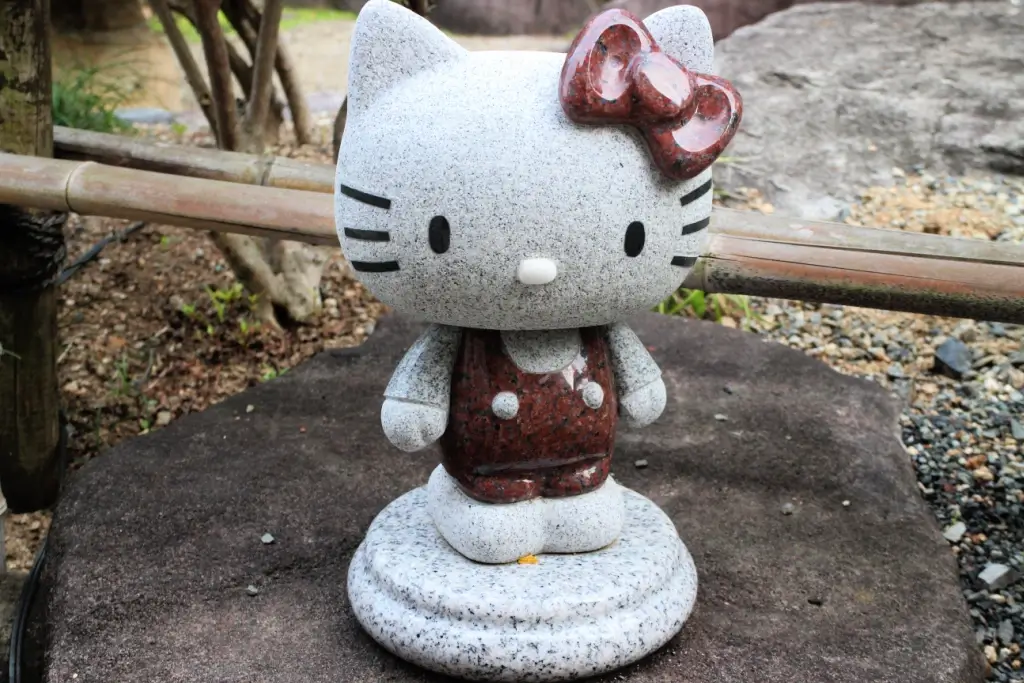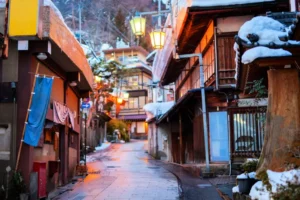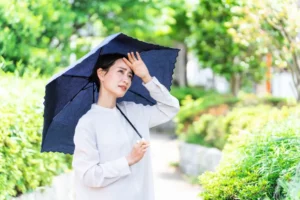Shrines in Japan serve as deeply spiritual locations where people seek guidance and solace daily. These sacred sites can vary significantly in size and style, ranging from large, ornate structures to small, simple ones. You can find them nestled in the bustling streets of Tokyo or hidden away in tranquil forests. Given their importance in Japanese culture, many shrines have embraced modern mascots, including popular characters like Hello Kitty.
These mascots do more than add a cute touch. They connect shrines’ traditional significance with contemporary Japan’s vibrant lifestyle. When you visit Japan, take the time to explore unique shrines that feature these adorable mascots. They provide a delightful blend of ancient tradition and modern charm
Table of Contents
ToggleHello Kitty and Togo Shrine
When people think of Harajuku, they think of Japan’s hottest fashion district. They think of Takeshida Street, the central avenue home to Harajuku’s biggest and best clothing stores. But what many people may not realize about Harajuku is that it is also home to Togo Shrine, which is located right next to Takeshita Street.
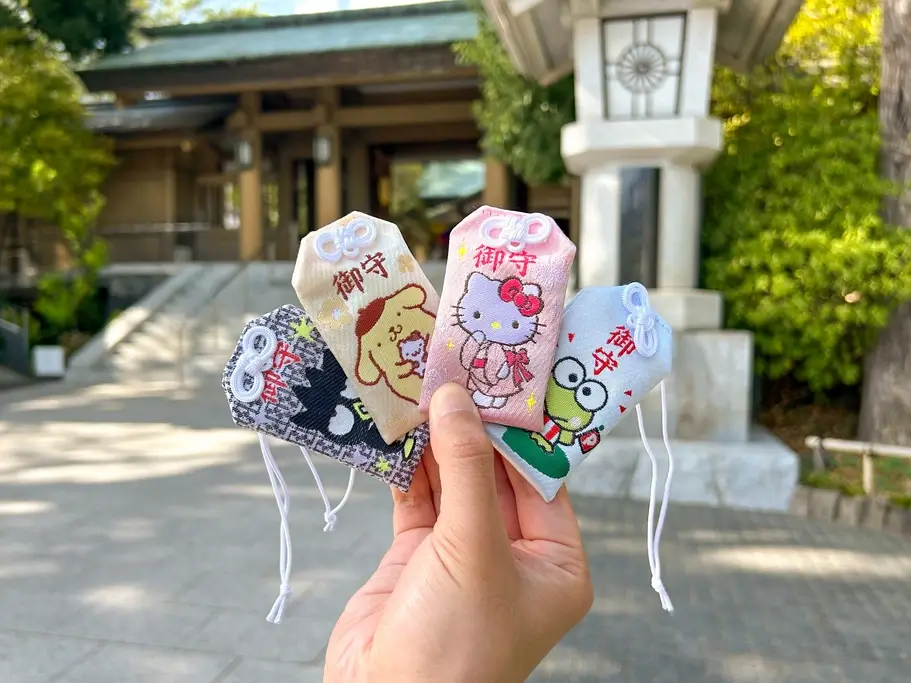
This small shrine is a quiet and lush retreat that can act as a beautiful escape from the hustle and bustle of Tokyo. Dedicated to Admiral Togo Heihachiro, Togo Shrine is a place of reflection and peace. It also collaborates with Hello Kitty, which the Admiral would probably have been excited about. Probably.
Billiken and Tone Canal Shrine
One of the stranger additions to Japan’s vast number of shrines and gods is Billiken, a happy-looking little dwarf-like creature with a wide grin. Billiken is not Japanese but has roots in Missouri, USA. When people introduced Billiken to Japan around 1908, he quickly gained fame, especially in Osaka.
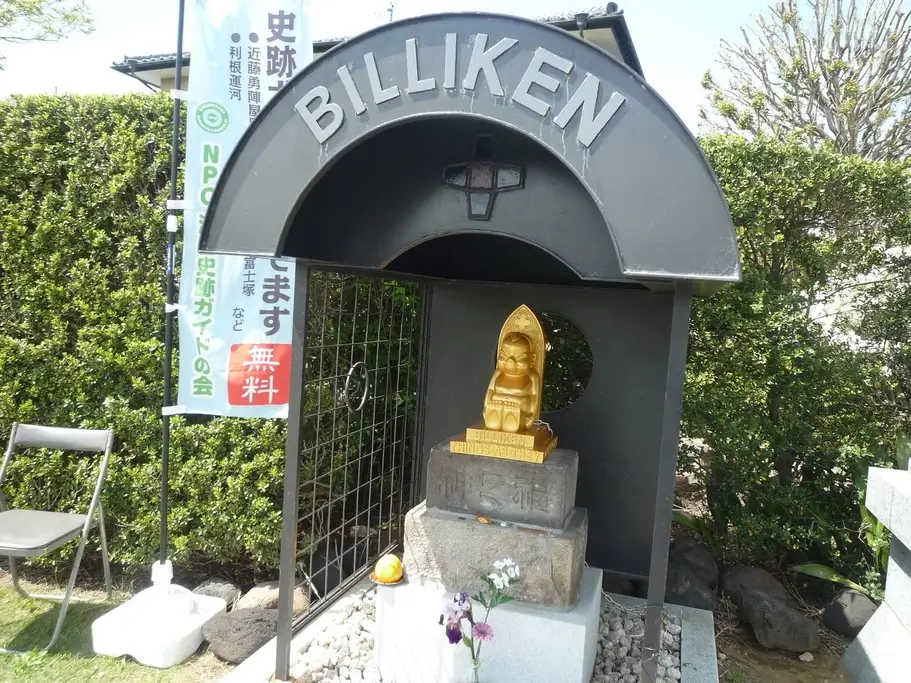
Many adopted him as a lucky god, believing that rubbing his feet would bring them good fortune. In Nagareyama, Chiba Prefecture, a famous shrine dedicated to Billiken, stands right next to the Tone Canal. Although the original Billiken statue suffered damage in 2018, a replacement now welcomes visitors.
Kima-chan and Ishiura Shrine
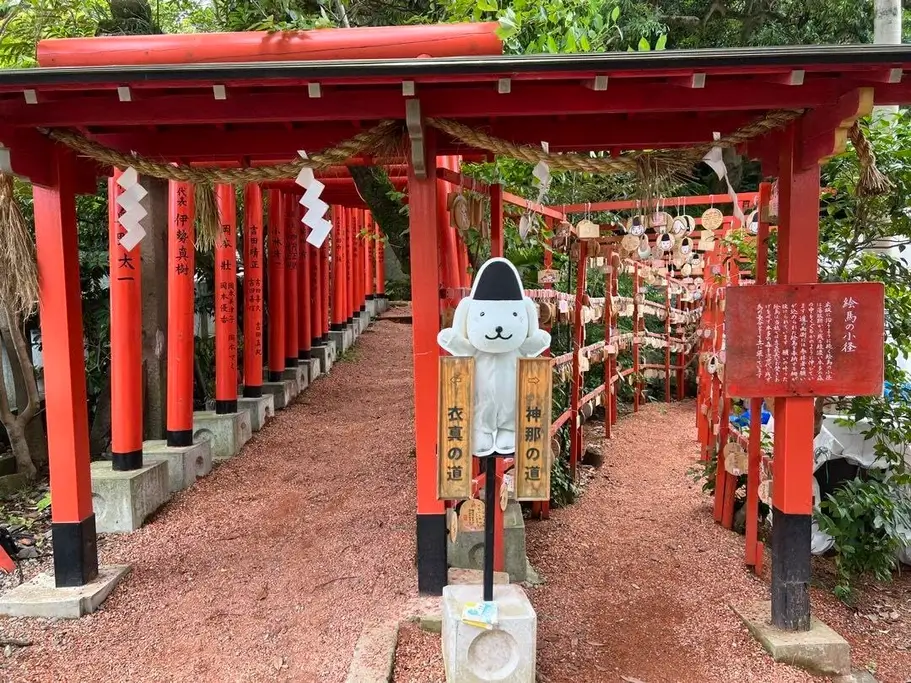
Ishiura Shrine is the oldest shrine in Kanazawa, believed to be over 1500 years old. The shrine is famous for imparting good fortune to those searching for their soulmates, making it a very popular shrine for young women. But what also makes Ishiura Shrine so popular is its mascot, Kima-chan! A very cute dog with a little hat, Kima-chan greets visitors and can also be found on various charms and pendants purchased from the shrine. Finding true love can be tough, but Kima-chan will make the journey easier!
Are you looking for snacks to enjoy while visiting mascot shrines? Check out Sakuraco! Sakuraco delivers traditional Japanese snacks, teas, sweets, and snacks from local Japanese makers directly to your door so you can enjoy the latest sweets directly from Japan!
Octopus-kun and Iriya Hachiman Shrine

Another very old shrine, Iriya Hachiman Shrine, located within Miyagi Prefecture, is said to have been built over 1300 years ago. The shrine is famous in Miyagi Prefecture as it is home to the Iriya Uchihayashi festival and the Asagao Matsuri. It is also famous for its mascot, Octopus-kun, a lively red octopus. The reason for this is that the word “octopus” sounds similar to the Japanese phrase “oku to pasu” or “place one and you’ll pass.” As such, the shrine is a popular place for students of all kinds to come and buy a figurine of Octopus-kun in hopes of performing well on their tests and exams.
Nishiko-kun and Nishi-Kokubunji Shrine
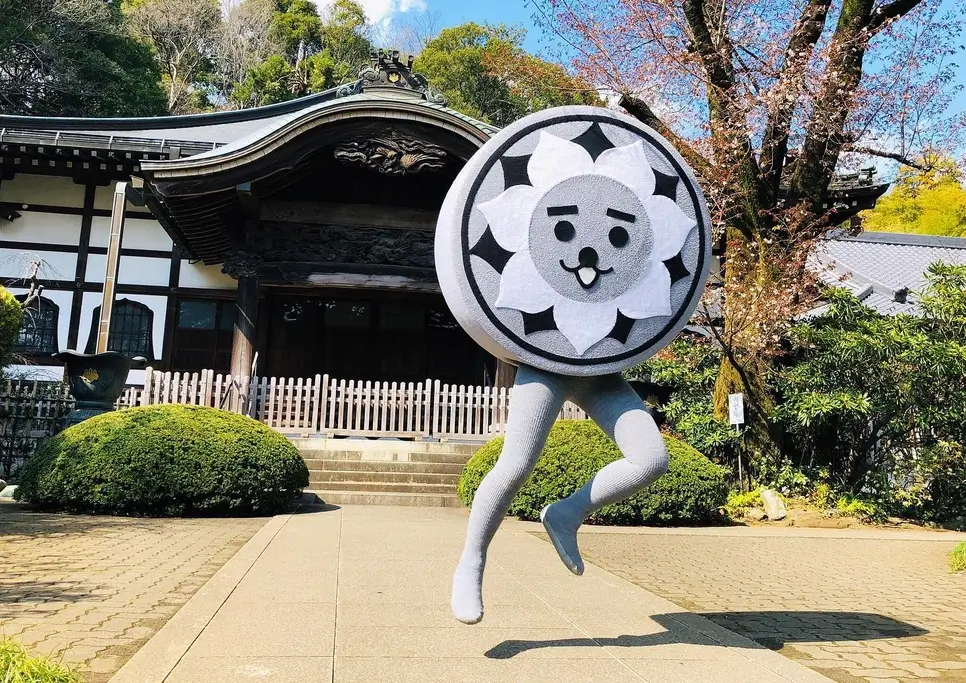
Located in Kokubunji City in Tokyo is Nishi-Kokubunji Shrine. An ancient temple, much of the temple grounds are remains of what was once the temple grounds. Visiting Nishi-Kokubunji Temple is more of a historical trip than a typical shrine experience. But that hasn’t stopped Kokubunji City from creating Nishiko-kun, a mascot for the shrine. Nishiko-kun is shaped like an ancient roof tile excavated from the temple grounds. He has no arms but does have legs, which he uses to run around. He’s said to be very easygoing and laid back, but his blood type is unknown, as it’s hard to poke a stone with a needle.
Why are these shrines so unique?
These shrines across Japan are unique because it’s uncommon for shrines to have these mascots. While many shrines are associated with local gods, spirits, and deities, having a modern mascot is very different. Praying to a god or spirit for guidance, luck, and good fortune is a practice that dates back millennia in Japan. Attributing a cute mascot to shrines may seem unusual at first. Still, mascots, like Hello Kitty intend to draw visitors to the shrines and impart a sense of happiness and prosperity, and in some cases, the same intention as the local gods, the act isn’t as radical as it may seem.
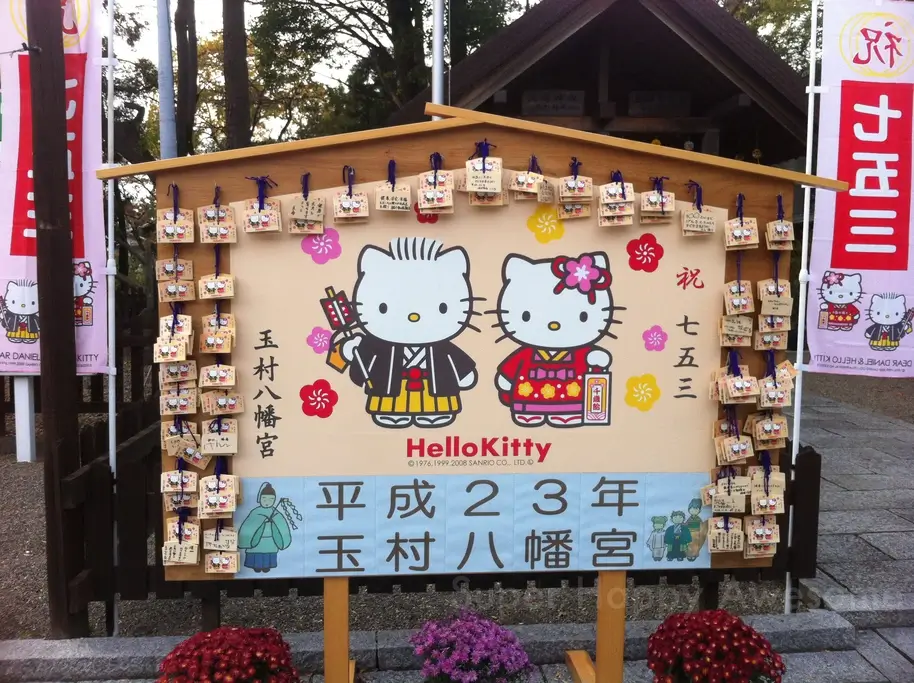
Using modern mascots for shrines helps unite Japan’s ancient past with the modern world. Nishiko-kun serves as a perfect example. A piece of an ancient temple, long lost to the earth, has found new life as a fun and recognizable mascot that helps preserve its history.
In many ways, you can view these mascots as living history, providing a vibrant way to keep ancient traditions alive. Have you been to any of these shrines? If so, how was your visit? Please let us know in the comments below! We would love to hear about your trips to see Japan’s shrine mascots!


